众所周知,固态电池有潜力为当今的锂离子技术提供更安全、更小巧的替代品。世界各地的研究机构正努力克服妨碍这个技术投入商业应用的诸多难题。
佐治亚理工学院的科学家们的一个发现有望帮助这些研究朝着正确的方向发展。这个团队构造了一种固态电池,在两层锂之间夹住一层固体陶瓷层作为电解质,然后他们使用X射线计算机断层扫描——一种类似于医学中使用的CT扫描的技术——来观察电池在充电和放电期间的行为和退化。
乔治·W·伍德拉夫机械工程学院和材料科学与工程学院副教授Matthew McDowell说:“弄清楚如何使这些固体片层长时间贴在一起并表现良好,是一项挑战。我们正在研究如何设计这些固体片层之间的分界面,以使它们尽可能长久使用。”
出现的裂缝
这项结果发表在期刊《美国化学学会能源快报》的“固态电池电解液的化学机械降解的直观展示”一文中,说明了电解质层如何在几天内开始形成裂缝,从而增加对离子流的抗阻。
McDowell表示,以前人们认为电池劣化的原因是锂金属和电解质之间界面的化学反应,而不是电池中出现裂缝。
“通过这种成像技术,我们知道在这种特殊材料中,问题并非出在化学反应本身——这不会影响电池的性能,”他补充说,“电池开裂并破坏了电池的表现,才是问题症结所在。”
研究人员表示,他们的发现可能也适用于替代的固态电池化学,并可能有助于进一步研究,为这种有前景的技术创造耐用概念。
“在普通的锂离子电池中,我们使用的材料限定了我们可以存储的能量,”McDowell说,“纯锂可以存储最多电能,但它不适用于液体电解质。但假如你可以使用固体锂和固体电解质,这将是能量密度领域的圣杯。”
This content is protected by copyright and may not be reused. If you want to cooperate with us and would like to reuse some of our content, please contact: editors@pv-magazine.com.
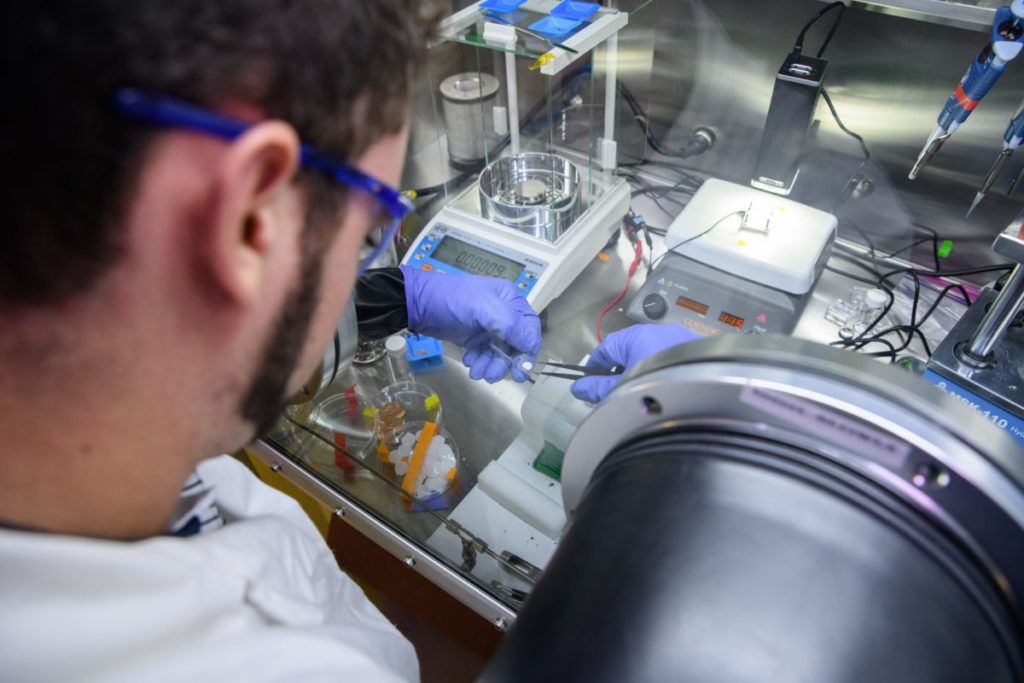



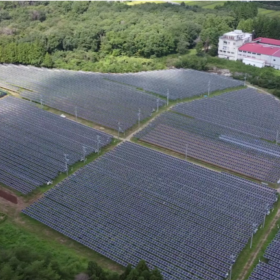
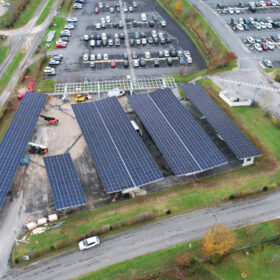
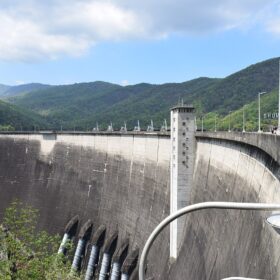
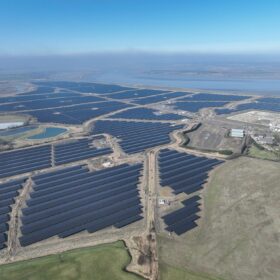





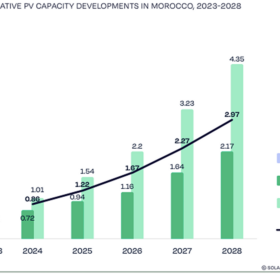
By submitting this form you agree to pv magazine using your data for the purposes of publishing your comment.
Your personal data will only be disclosed or otherwise transmitted to third parties for the purposes of spam filtering or if this is necessary for technical maintenance of the website. Any other transfer to third parties will not take place unless this is justified on the basis of applicable data protection regulations or if pv magazine is legally obliged to do so.
You may revoke this consent at any time with effect for the future, in which case your personal data will be deleted immediately. Otherwise, your data will be deleted if pv magazine has processed your request or the purpose of data storage is fulfilled.
Further information on data privacy can be found in our Data Protection Policy.